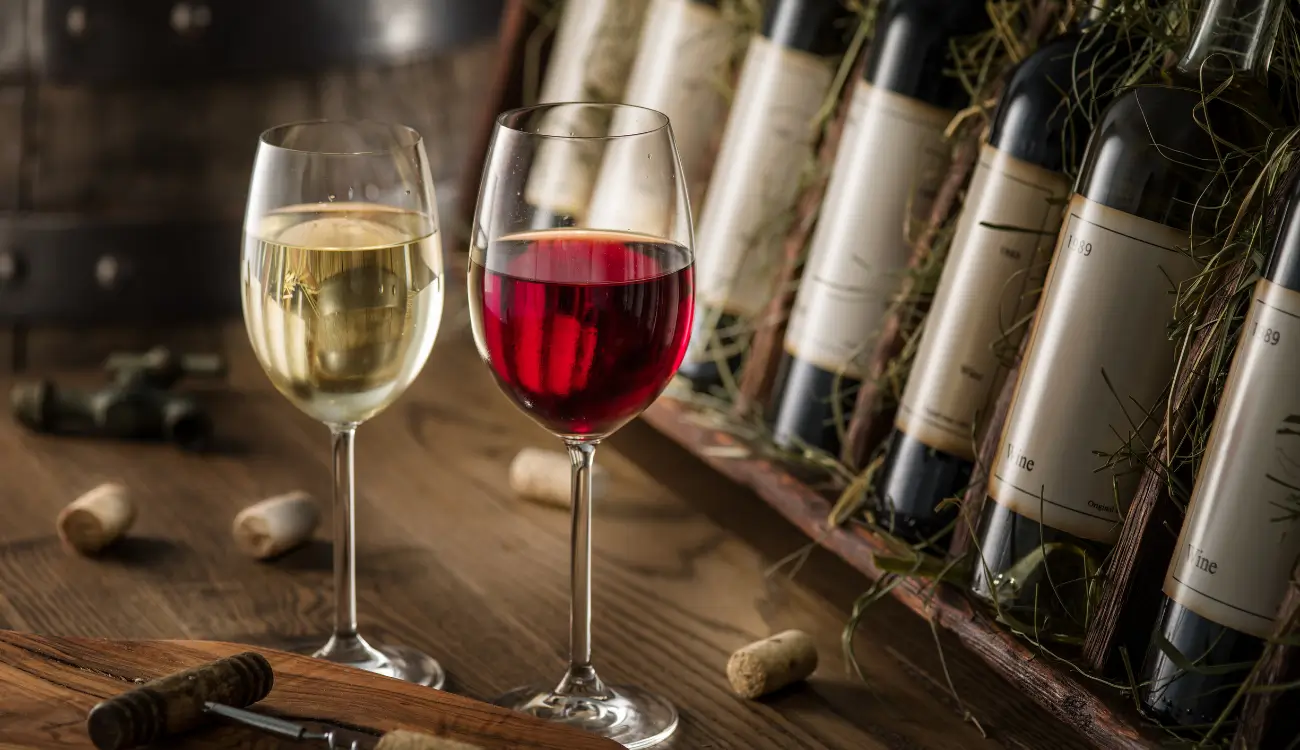6 Questions Every New Winemaker Has
Winemaking is a blend of art, science, and patience — and for new winemakers, it can feel like stepping into a whole new world. From understanding fermentation to choosing oak, there are countless decisions that shape your wine’s flavor, aroma, and quality. Whether you’re a hobbyist just starting out or a small-scale professional hoping to refine your process, the learning curve can seem steep and sometimes never-ending.
To help you begin your winemaking journey with confidence, we’ve answered six of the most common questions new winemakers ask — covering everything from grape selection and sanitation to oak use and aging.
1. What Kind Of Grapes Should I Use?
The foundation of every great wine is the grape. Selecting the right variety is one of the most important choices a winemaker can make. Grapes differ in sugar levels, acidity, and tannin content — all of which influence the final taste, structure, and color of your wine.
If you’re just starting out, consider working with reliable, beginner-friendly varietals such as Cabernet Sauvignon, Merlot, Chardonnay, or Pinot Noir. These are forgiving during fermentation and widely available. For those without access to fresh fruit, frozen musts or juice kits are great alternatives that reduce risk and allow you to focus on learning the fermentation process.
Each region has its ideal grapes. For example, cooler climates favor grapes with higher acidity, while warmer regions produce fruit with greater sugar content — ideal for higher alcohol levels. Understanding your grape’s profile will help guide your fermentation and aging decisions later on.
2. How Important Is Sanitation?
Sanitation can make or break your wine. Even the best grapes won’t save a batch contaminated by bacteria or wild yeast. Proper sanitation ensures your wine develops its intended flavors and aromas without interference.
Everything that comes into contact with your wine — from fermenters and airlocks to siphons and corks — should be sanitized using a food-grade solution designed for winemaking. Skipping this step can lead to off-flavors, haze, or spoilage.
A helpful rule: “If in doubt, sanitize again.” Most problems in winemaking stem from poor sanitation habits, so creating a consistent cleaning routine early on will save you frustration later.
3. How Long Does It Take To Make Wine?
One of the biggest surprises for beginners is how much patience wine requires. While fermentation usually finishes in 2–4 weeks, aging and clarification can take months or even years, depending on the style of wine you’re making.
For example:
-
- Light-bodied whites (like Sauvignon Blanc or Pinot Grigio) may be ready within 3–4 months.
- Medium-bodied reds (like Merlot or Sangiovese) often take 6–12 months.
- Full-bodied reds (like Cabernet Sauvignon) benefit from at least a year of aging, especially if oak is used.
The longer wine rests, the more time tannins have to soften and flavors to integrate. While the wait may be challenging, the payoff is worth it — good wine takes time.
4. When Should I Use Oak?
Oak is one of the most powerful tools in winemaking, influencing flavor, aroma, and mouthfeel. Traditionally, winemakers relied on oak barrels, but modern technology now allows for oak alternatives — such as chips, cubes, staves, and barrel inserts — that mimic the effects of barrels with more flexibility and lower cost.
Oak introduces compounds like tannins, vanillin, and lactones, which add notes of vanilla, spice, smoke, or caramel depending on the toast level.
-
- Light toast tends to enhance freshness and subtle sweetness.
- Medium toast adds warm spice and smooth texture.
- Heavy toast brings smoky, roasted, or chocolate undertones.
If you’re new to oak aging, start small. Try experimenting with French oak for subtle complexity or American oak for bolder, more robust character. You can explore both options in our oak products collection which includes chips, cubes, and inserts perfect for small-batch or professional winemaking.
5. How Do I Know When My Wine Is Ready?
Every wine develops at its own pace, but there are a few reliable indicators that it’s ready to bottle.
Fermentation Completion: Use a hydrometer to measure sugar content — when readings stay consistent for several days, fermentation has finished.
Clarity: The wine should be visually clear, free of haze or sediment. Cloudiness often signals remaining yeast activity or incomplete clarification.
Aroma & Flavor: Taste your wine. If the flavors have softened, the aroma is pleasant, and no harsh tannins remain, your wine is likely ready for bottling.
Some winemakers also stabilize their wine by adding a small dose of sulfites to preserve freshness and prevent spoilage. Patience here pays off — even a few extra weeks of resting can make a noticeable difference in balance and smoothness.
6. What Equipment Do I Need to Get Started?
You don’t need a commercial winery to make great wine — just the essentials. To get started, you’ll need:
-
- A primary fermenter (food-grade bucket or carboy)
- A hydrometer for sugar readings
- A siphon and tubing for racking
- Airlocks and bungs to protect wine during fermentation
- Sanitizer and cleaning brushes
- Bottles, corks, and corker for packaging
- Optional: Oak alternatives for aging and flavor enhancement
Over time, you can upgrade to advanced tools like stainless steel tanks, pH meters, and temperature controls for more precision. Keep your equipment clean and organized — consistency in your process is key to great results.
Wrapping Up
Every winemaker starts with questions — and that’s a good thing. Understanding the fundamentals of grape selection, sanitation, fermentation, and oak aging gives you the foundation for success. Winemaking is a craft that rewards experimentation, patience, and continuous learning.
Whether you’re producing your first small batch or refining a long-time passion, the key is to trust the process, take notes, and enjoy each step. The beauty of wine is that no two vintages are ever the same — each tells its own story, shaped by nature, time, and the winemaker’s hand.



